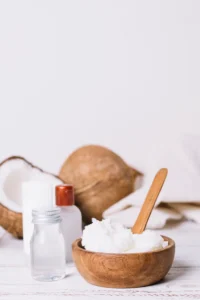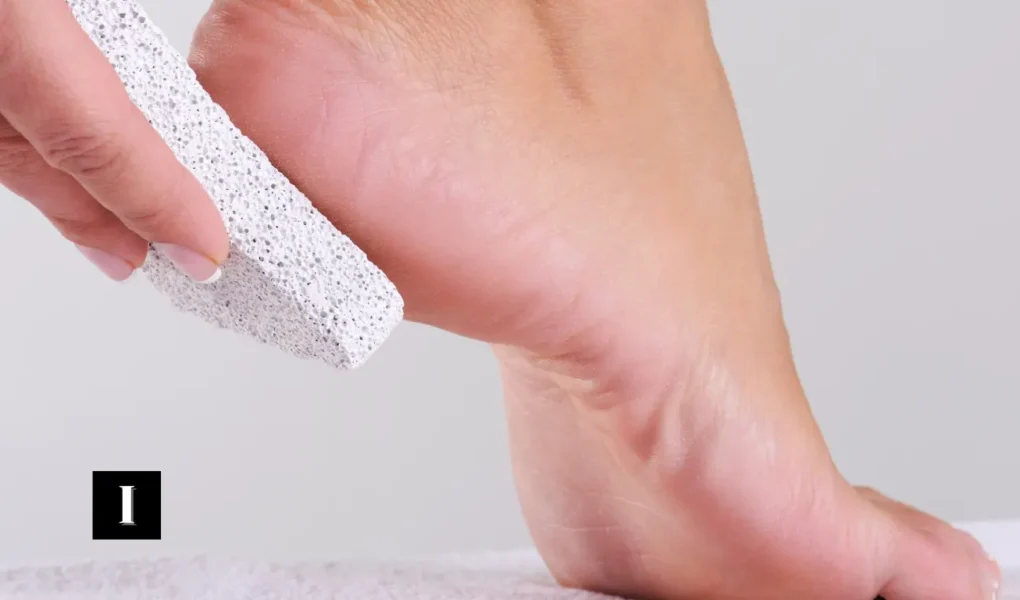Cracked heels, also known as heel fissures, are a common skin condition characterized by deep cracks in the skin of the heels. While generally not life-threatening, they can be painful, unsightly, and even lead to infection if left untreated. This blog delves into the world of cracked heels, exploring causes, treatments, and prevention methods to help you achieve smooth, healthy feet.
What Causes Cracked Heels and Why Do They Occur?
Understanding the reasons behind cracked heels is crucial for effective treatment and prevention. Here are some common culprits:
Dry Skin: The most frequent cause, dry skin lacks moisture and elasticity, making it susceptible to cracking under pressure. This can be due to various factors like:
- Environmental factors: Cold, dry weather, low humidity, and excessive hot water exposure can all contribute to dry skin and cracked heels.
- Certain medical conditions: Conditions like eczema, psoriasis, and diabetes can affect skin health and increase the risk of cracked heels.
- Vitamin deficiencies: Deficiencies in vitamins like A, E, and B complex can contribute to dry skin.
Thickened Skin: Over time, dead skin cells can build up on the heels, forming a callus. If left unaddressed, this thick, hardened skin can crack under pressure, leading to painful fissures.
Lifestyle factors: Standing for extended periods, wearing open-back shoes, and not moisturizing regularly can all contribute to dry, cracked heels.
Treating Cracked Heels at Home: Effective Remedies and Strategies
Fortunately, most cases of cracked heels can be effectively treated at home with a combination of self-care practices and readily available products. Here’s what you can do:
- Soaking and Exfoliation: Regularly soak your feet in warm water with Epsom salts or a gentle cleanser for 10-15 minutes. This helps soften dry skin and loosen dead skin cells. After soaking, gently exfoliate your heels using a pumice stone or foot file to remove the softened dead skin. Be gentle and avoid over-exfoliation, which can worsen the condition.
- Moisturizing: After soaking and exfoliation, apply a thick, rich moisturizer to your heels. Look for products containing ingredients like shea butter, petroleum jelly, or lactic acid, which help hydrate and soften the skin. Apply moisturizer generously and regularly, ideally several times a day, paying close attention to the cracked areas.
- Wear closed-toe shoes: Opt for closed-back shoes that offer support and protect your heels from further drying and irritation. Avoid open-back shoes like sandals or flip-flops as they can further dry out the skin.
Home Remedies for Cracked Heels:
In addition to the previously mentioned remedies, several readily available ingredients can offer additional relief:
1. Honey:

Apply honey to your heels and wear socks overnight for a natural moisturizing treatment. Honey’s humectant properties attract moisture and provide a soothing effect.
2. Coconut oil:

Known for its moisturizing properties, coconut oil can help soften the skin and promote healing. Massage it gently into your heels before bed and wear socks.
3. Oatmeal bath:

Soak your feet in lukewarm water mixed with oatmeal for a soothing and moisturizing effect. Oatmeal’s anti-inflammatory properties can also reduce discomfort.
4. Banana:

Mash a ripe banana and apply it to your heels for 15-20 minutes. Rinse thoroughly and moisturize. Bananas are rich in potassium and vitamins, which nourish and soften the skin.
5. Avocado:

Mash half an avocado and apply it to your heels for 15-20 minutes. Rinse thoroughly and moisturize. Avocados are rich in healthy fats and vitamins that help hydrate and heal the skin.
6. Apple cider vinegar:

Mix equal parts apple cider vinegar and water in a basin and soak your feet for 10 minutes. The vinegar helps remove dead skin cells and promotes healing. However, be cautious with sensitive skin, as it might cause irritation.
Treating Cracked Heels with Over-the-Counter Products:
In some cases, home remedies might not be enough. Over-the-counter (OTC) products can offer additional benefits:
- Alpha hydroxy acids (AHAs): Lotions or socks containing AHAs like lactic acid can help remove dead skin cells and promote smoother skin.
- Urea cream: Urea is a humectant that attracts moisture to the skin, making it an effective choice for dry, cracked heels. Look for creams with 10-20% urea concentration.
- Petroleum jelly: This occlusive product helps seal in moisture and prevent further drying. Apply it generously at night and wear socks to prevent it from getting messy.
Can Cracked Heels be a Sign of Something Serious?
While most cracked heels are not a cause for major concern, in some cases, they might indicate underlying health conditions. If you experience the following, it’s crucial to consult a doctor:
- Deep, painful cracks that bleed
- Signs of infection, such as redness, swelling, or pus
- Cracked heels that don’t improve with home treatment
- If you have diabetes or peripheral neuropathy, cracked heels require even closer monitoring by a healthcare professional.
Best Ways To Prevent Cracked Heels
Preventing cracked heels is always better than treating them. Here are some tips:
- Moisturize regularly: Apply moisturizer to your feet daily, paying special attention to your heels.
- Exfoliate regularly: Gently remove dead skin cells with a pumice stone or foot file a few times a week.
- Wear closed-toe shoes: Protect your feet from the elements and irritation by opting for closed-back shoes
- Drink plenty of water: Staying hydrated is crucial for overall skin health, including the feet.
- Maintain a healthy diet: A diet rich in fruits, vegetables, and whole grains provides your body with the nutrients it needs for healthy skin.
- Address underlying conditions: If you have a medical condition contributing to dry skin, like diabetes, work with your doctor to manage it effectively.
- Avoid harsh soaps and hot showers: These can strip away natural oils from your skin, worsening dryness. Opt for gentle cleansers and lukewarm water for showers and baths.
Can You Get a Pedicure with Cracked Heels?
While it’s generally safe to get a pedicure with mild cracked heels, it’s important to be upfront with the nail technician about the condition. They may adjust their approach to avoid further irritation or discomfort. However, if the cracks are deep, painful, or show signs of infection, it’s best to postpone the pedicure and focus on home treatment or consult a doctor.
Conclusion:
Cracked heels, while common, are easily treatable and preventable with the right approach. By understanding the causes, implementing effective home remedies or utilizing OTC products when necessary, and practicing preventive measures, you can achieve healthy, smooth heels ready to take you wherever life’s journey leads.
Remember, if you have any concerns or the cracked heels don’t improve with home treatment, don’t hesitate to consult a healthcare professional for personalized guidance and treatment options.
So, pamper your feet, embrace self-care, and step confidently into a world of comfort and healthy skin!



